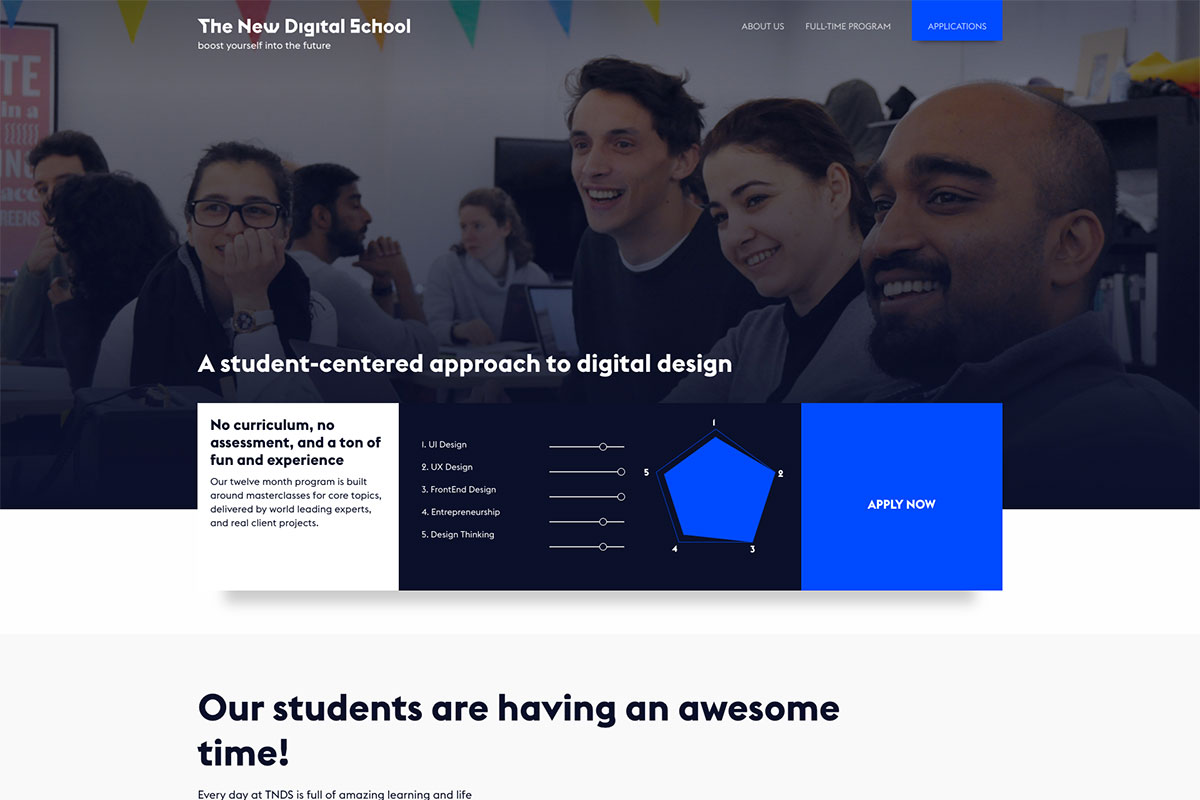In today’s digital age, school websites play a crucial role in connecting educational institutions with students, parents, and the broader community. A well-designed and informative school website serves as a virtual gateway to the institution, providing essential information and fostering engagement. Whether you’re a school administrator, educator, or simply interested in the world of education, this article will delve into the key aspects of creating effective school websites that leave a lasting impact.
Table of Contents
- Introduction
- The Importance of School Websites
- Key Features of a Successful School Website
- Designing an Engaging Homepage (H1)
- Showcasing the School’s Identity
- User-Friendly Navigation
- Highlighting Upcoming Events
- Creating Informative Sections (H1)
- About Us (H2)
- Academic Programs (H2)
- Faculty Information (H2)
- Student Resources (H2)
- Incorporating Multimedia (H1)
- Photo and Video Galleries
- Virtual Campus Tours
- Ensuring Accessibility for All (H1)
- Importance of Web Accessibility
- Providing Alternative Formats
- Regular Updates and Announcements (H1)
- Integration of Social Media (H1)
- Security and Privacy Considerations (H1)
- Mobile-Friendly Optimization (H1)
- Measuring and Analyzing Website Performance (H1)
- Engagement Strategies for School Websites (H1)
- Future Trends in School Website Development (H1)
- Conclusion
Introduction
In an era where information is just a click away, school websites have become the digital face of educational institutions. They serve as a dynamic platform to share essential information, updates, and engage stakeholders effectively.
The Importance of School Websites
School websites serve as a primary source of information for prospective students, parents, and even alumni. These platforms offer a glimpse into the school’s culture, values, and academic offerings, influencing the decisions of potential students and parents.
Key Features of a Successful School Website
A successful school website should be visually appealing, user-friendly, and rich in relevant content. It should seamlessly blend design with functionality to offer an exceptional user experience.
Designing an Engaging Homepage
The homepage acts as the digital front door of the school. It should capture the essence of the institution, making visitors feel welcomed and intrigued to explore further.
Showcasing the School’s Identity
The homepage should reflect the school’s unique identity through a balanced combination of visuals and text. A well-crafted tagline and a captivating hero image can effectively communicate the school’s values.
User-Friendly Navigation
Intuitive navigation is paramount. A well-organized menu structure helps visitors quickly find the information they’re seeking, whether it’s about admission procedures, academics, or extracurricular activities.
Highlighting Upcoming Events
Prominently featuring upcoming events on the homepage creates a sense of excitement and involvement. It encourages visitors to participate in school activities and stay connected.
Creating Informative Sections
To cater to the diverse needs of website visitors, certain sections are fundamental for a school website:
About Us
This section provides an overview of the school’s history, mission, and vision. Including a message from the principal or headmaster adds a personal touch.
Academic Programs
Detailing the range of academic offerings, including courses, curriculum, and special programs, helps potential students make informed decisions.
Faculty Information
Highlighting the credentials and achievements of the teaching staff fosters transparency and builds trust among parents and students.
Student Resources
This section should offer a repository of resources, from academic materials and study aids to school policies and guidelines.
Incorporating Multimedia
Incorporating multimedia elements enhances user engagement and brings the school’s environment to life.
Photo and Video Galleries
Visual content showcases campus facilities, student life, and memorable events, creating a vivid picture of the school experience.
Virtual Campus Tours
Virtual tours provide a realistic and immersive experience for prospective students and parents who may not be able to visit in person.
Ensuring Accessibility for All
A school website should be accessible to individuals with disabilities, ensuring equal access to information and services.
Importance of Web Accessibility
Web accessibility is not only a legal requirement but also a moral obligation. Implementing accessibility features ensures inclusivity.
Providing Alternative Formats
Offering content in alternative formats, such as text-to-speech options and closed captions, accommodates various learning preferences.
Regular Updates and Announcements
Keeping the website up to date with the latest news, events, and announcements demonstrates the school’s commitment to communication.
Integration of Social Media
Social media integration allows the school to reach a wider audience, fostering a sense of community and enabling real-time interactions.
Security and Privacy Considerations
Given the sensitive nature of the information on school websites, ensuring robust security measures and protecting user data is paramount.
Mobile-Friendly Optimization
With the majority of users accessing websites via mobile devices, optimizing for mobile responsiveness is non-negotiable.
Measuring and Analyzing Website Performance
Regularly tracking and analyzing website metrics provides insights into user behavior, helping refine content and design strategies.
Engagement Strategies for School Websites
Engaging content, such as blogs, student spotlights, and interactive quizzes, keeps visitors coming back for more.
Future Trends in School Website Development
As technology evolves, trends like AI-driven chatbots for instant support and virtual reality campus experiences are likely to shape the future of school websites.
Conclusion
In the digital age, a school’s online presence is as important as its physical presence. A well-crafted website is an invaluable tool for conveying the school’s essence, fostering engagement, and building a strong school community.




